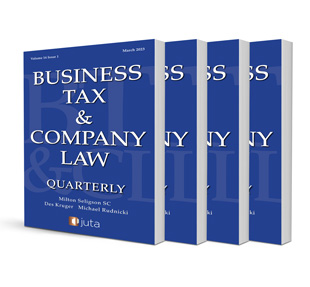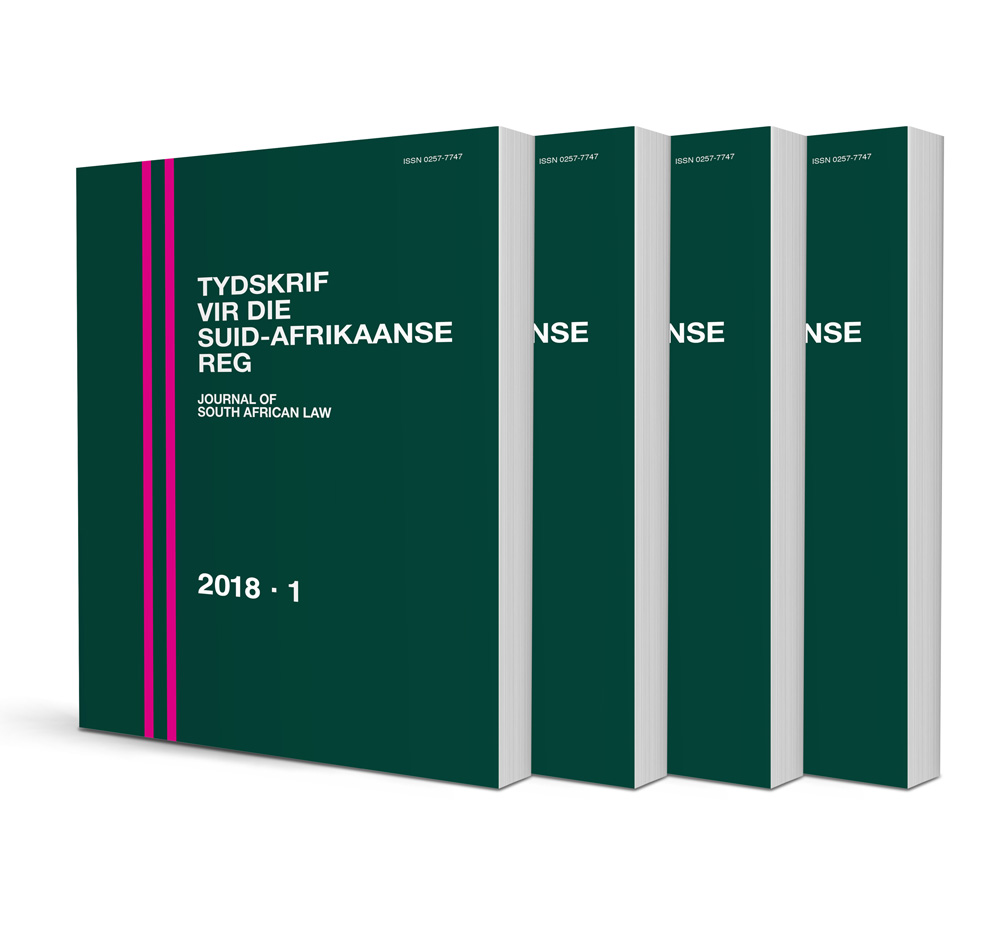Can Directors in a Private Company have Weighted Voting Rights at Board Meetings?

Can Directors in a Private Company have Weighted Voting Rights at Board Meetings?
Author: Matthew Blumberg SC
ISSN: 2219-1585
Affiliations: N/A
Source: Business Tax & Company Law Quarterly, Volume 14 Issue 2, 2023, p. 8 – 12
Abstract
The Companies Act implicitly permits the memorandum of incorporation of a company to depart from the default or general position of ‘one director, one vote’. But, as I have endeavoured to set out, the freedom to do so is not unlimited. A regime for directors’ voting rights that weights votes in proportion to the shareholding of the shareholder that appointed the director in question should in my view withstand court scrutiny. It is simply another means by which to confer majority control over the board (in the sense explained below) — which is in line with the company law principle of majoritarianism, and in my view unobjectionable. That the weighting of directors’ voting rights results in a situation in which individual directors have equal responsibilities, but unequal ‘rights’, is in my view not in itself problematic. Duties are imposed on individual directors in order to ensure the effective governance of companies (not because those duties are commensurate with the director’s ‘rights’). Thus, the diminution of a director’s ‘rights’ need not bring about a commensurate reduction in his or her responsibilities.
